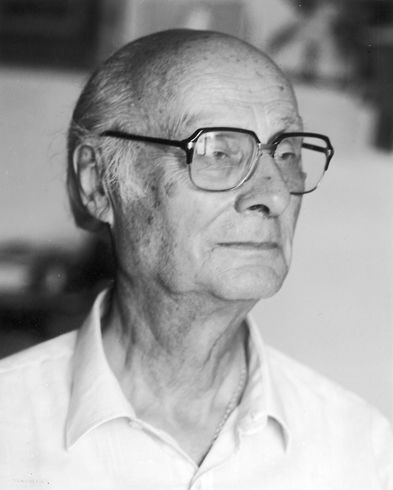BARCELONA, 1910-2006 Capdevila

In the fifties he found a realistic path independent of figuration and abstraction, with a Fauvist accent.
Its thematic repertoire goes through the landscapes, figures, architectures and still lifes.
BIOGRAPHY
He began his training in 1925 at the Ateneo Polytechnicum where he had as teachers Francisco de A. Galí and Feliu Elías. A year later he makes a first stay in Paris and comes into contact with the avant-garde. Discover Vlaminck and Rouault who awoke his pictorial vocation. On his return to Barcelona he enrolled in the FAD and made his first individual exhibition in 1934.
At the same time he continued with his craft as a goldsmith, where he is considered a true renovator receiving outstanding distinctions. In 1939 he took charge of the family workshop until 1970, at the head of which he was succeeded by his son Joaquim Capdevila Gaya (1944). He expanded the family business and, with innovative designs that incorporated unusual materials in jewelery and inspired by contemporary art, his creations were widely accepted both by private clients and in institutions, which manifested itself in commissions such as the Sardana the CEU Commission (1947), the canopy, the cross and the altarpiece of the high altar of the Basilica of Montserrat (1959-61) or the Cross of Sant Jordi (1981, a prize he himself won in 1986). The Kolbe crown (1954) must also be mentioned for its originality.
He taught at the Massana School (1959) and exhibited in Barcelona, Paris, Bilbao and Madrid and at the Carnegie International Exhibition in Pittsburgh (1950). He received numerous awards, among which the Gold Medal of the State of Bavaria to the exhibition Form und Calidad (1967), the first prize in the International Exhibition of Art in Sports the same year and the Gold Medal for Artistic Merit of the City Council of Barcelona (1999). He was named honorary partner of the Association of Goldsmiths of the FAD (1979), and other companies. His work has deserved anthological exhibitions (1991, 2000) and is represented in several museums (Schmuckmuseum of Pforzheim, Museum of Decorative Arts of Barcelona, Edinburgh Museum).
Painter of specific personality within the Catalan culture, in the fifties he found a realistic path independent of figuration and abstraction, with a Fauvist accent. the thematic repertoire goes through the landscapes, figures, architectures, still lifes and, in the seventies, incorporates chronicles of travel and political and social criticism.
Honorary Academician of the Royal Academy of Fine Arts Sant Jordi and Gold Medal for Artistic Merit by the City of Barcelona, in 1986 he received the Cross of Sant Jordi. Artist of international recognition, we find his work at the MNAC, the Museum of Montserrat and the Museum of Modern Art of Panama, among others.

